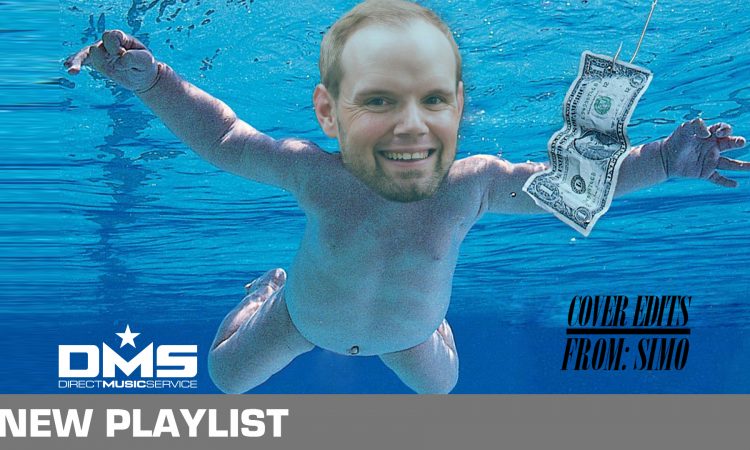Gillian Gilbert, Synthesiser –
In 1983, before computers came along, it wasn’t easy to do electronic basslines and rhythms. So [New Order vocalist] Bernard Sumner started building these gadgets called sequencers. Next, we thought it would be good to create a song that was completely electronic. Blue Monday’s distinctive intro was written on an Oberheim DMX drum machine. We’d been going to clubs in New York and wanted to recreate the fantastic bass-drum sounds we’d heard. We tried to play something like Donna Summer’s Our Love and came up with that instantly recognisable thud.
The synthesiser melody is slightly out of sync with the rhythm. This was an accident. It was my job to programme the entire song from beginning to end, which had to be done manually, by inputting every note. I had the sequence all written down on loads of A4 paper Sellotaped together the length of the recording studio, like a huge knitting pattern. But I accidentally left a note out, which skewed the melody. We’d bought ourselves an Emulator 1, an early sampler, and used it to add snatches of choir-like voices from Kraftwerk’s album Radioactivity, as well as recordings of thunder. Bernard and Stephen [Morris, drummer] had worked out how to use it by spending hours recording farts.
Blue Monday was meant to be robotic, the idea being that we could walk on stage and do it without playing the instruments ourselves. We spent days trying to get a robot voice to sing “How does it feel?”, but somebody wiped the track. Bernard ended up singing it. He says the lyric came about because he was fed up with journalists asking him how he felt. The lines about the beach and the harbour were the start of his many nautical references – he loves sailing. And Peter Hook’s bassline was nicked from an Ennio Morricone film soundtrack.
Blue Monday is a dance track with a hint of melancholy. A seven and a half minute-long single was unheard of, so we put it out on 12-inch. We couldn’t believe it when it became the biggest-selling 12-inch of all time. People have interpreted the title all sorts of ways. It actually came from a book Stephen was reading, Kurt Vonnegut’s Breakfast of Champions. One of its illustrations reads: “Goodbye Blue Monday.” It’s a reference to the invention of the washing machine, which improved housewives’ lives.
I met New Order in their Manchester studio to show them a postcard of the Henri Fantin-Latour flower painting I was using for the cover of their forthcoming album Power, Corruption and Lies. While I was there, they played me Blue Monday, and I instinctively understood what they were trying to do. It sounded like something the equipment could play itself.
Peter Saville’s Blue Monday Album Cover-
I picked up an interesting object and asked: “Wow, what is this?” I’d never seen a floppy disk before. I thought it was great. I said: “Can I have it?” And Stephen said: “Not that one!” So I drove back to London listening to a tape of Blue Monday with another floppy disk lying on the passenger seat. By the time I got home, I knew the sleeve would replicate a floppy disk, with three holes cut in it through which you could see the metallic inner sleeve. The only information I had to impart were the words New Order, the song titles (including B-side The Beach) and the Factory Records catalogue number. I decided to do this with a column of coded colours, to provide some mysterious data, so I sat down with some pencils and used a different colour for each letter.
Tony Wilson [Factory boss] loved to say the sleeve was so expensive they lost 5p per copy. But it’s unlikely; Factory never talked budgets. Nobody ever said to me: “This is a costly sleeve.” No one sent me a copy, either; I had to go to a record shop. The record sold so quickly that the version I bought had a black sleeve but no holes. The printers hadn’t been able to keep up with demand, so had banged out a cheaper version. I don’t know how many thousands were sold that way, or whether Factory were charged the full price for something they didn’t get, which would be very Factory. But I’m pleased it’s a legendary cover for what turned out to be a classic track: the principal moment of conversion between progressive rock and dance. Similarly, colour codes have become widespread in graphic design.
When Power, Corruption and Lies came out, I put a colour wheel on the back explaining the code. A week later, two letters in NME pointed out a spelling mistake. Four years ago, I was in Switzerland giving a talk and this nice accountant in a suit came up and said: “Do you remember there were letters in NME about Power, Corruption and Lies? I wrote one of those letters.”
DOWNLOAD ON DMS
New Order – Blue Monday (Freemasons RMX) (Scott Masters FULL Vocal Edit)


